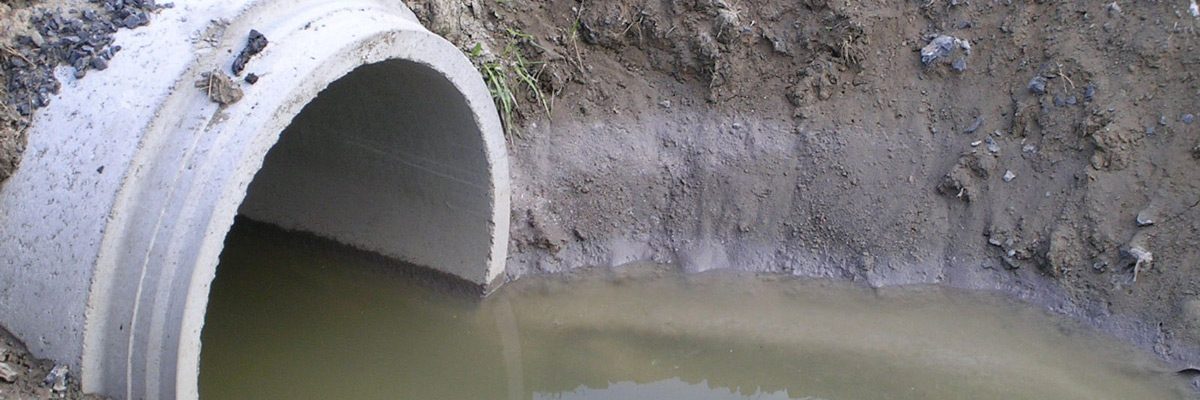Why are we even messing around with this stuff. Colorado already demands recycling and Oklahoma make drillers bottle the natural gas. Why are we providing a lower standard of treatment of the Earth then other places.
Today’s Topic: Discrepancies between the law and the rules on how long open-air pits can be used to store flowback.
- Go to: http://www.dnr.illinois.gov/OilandGas/Pages/OnlineCommentSubmittalForm.aspx
- Click the button: Subpart H: High Volume Horizontal Hydraulic Fracturing Preparations and Operations (245.800-245.870)
- In the “Section” dropdown box, click: Section 245.850 Hydraulic Fracturing Fluid and Hydraulic Fracturing Flowback Storage, Disposal or Recycling, Transportation and Reporting Requirements
- Submit your comment/s (below)
- Click “Submit”
Section 1-75 of the Hydraulic Fracturing Regulator Act mandates that “excess hydraulic fracturing flowback captured for temporary storage in a reserve pit as provided in paragraph (2) of this subsection must be removed from the well site within 7 days.”
But Section 245.850 of the proposed rules states, “Any excess hydraulic fracturing flowback captured for temporary storage in a reserve pit as provided in Section 245.825 must be removed from the well site or transferred to storage in above-ground tanks for later disposal or recycling within 7 days after completion of high volume horizontal hydraulic fracturing operations.”
Problem: The amendment of “after completion of high volume horizontal hydraulic fracturing operations” opens the door for the potential abuse of emergency pits. Storage in closed tanks can be costly for the industry. An unscrupulous operator wanting to cut costs could simply claim that there was more flowback than expected and end up using open pits for storage for the duration of the fracking process.
The clear intent of the statute is to ensure that wastewater is stored in tanks except in the emergency event of an unforeseeable overflow, in which case it is preferable that the overflow go to a pit than simply spill on the ground. But in such event, the overflow is expressly required in the statute to be removed within a week. Through omission and misinterpretation, the regulations are not implementing this statutory directive.
Section 245.210(a)(11), requires that an applicant submit a Hydraulic Fracturing Fluids and Flowback Plan. The plan does not include requirements to ensure that tank capacity is accurately calculated. Without such method, there is nothing in the regulations to prevent operators from underestimating the size of the tanks they need, so as to make routine use of the reserve pit for the resulting overflows. Operators presumably have an economic incentive to do so in order to hold down the cost of tank storage.
Compounding this incentive is the Department’s weakening of the statutory directive that fluids deposited in a reserve pit be removed within 7 days (Section 1-75(c)(5). The regulations fail to require such prompt removal, allowing, at subsection 245.850(c), the overflow to remain in the reserve pits until 7 days “after completion of high volume horizontal hydraulic fracturing operations.” Certainly on a multi-well pad, hydraulic fracturing operations can continue for a month or more, meaning that the flowback fluid could be left sitting in the reserve pit, creating environmental risk, for much longer than a week.
Revisions needed: First, require that drillers anticipate appropriate sized tanks for sufficient storage of flowback and produced water by establishing a method for tank capacity calculation. Second, clarify that wastewater must be removed from the pit within 7 days of the event that triggered the use of the pit rather than 7 days after fracking operations are complete, in accordance with the law.
To remove your name from this email list click
here. To unsubscribe from all emails from us click
here.
510 E. Washington St. Suite 309
Bloomington, IL 61701
United States
:}
Go there and comment. More tomorrow.
:}

